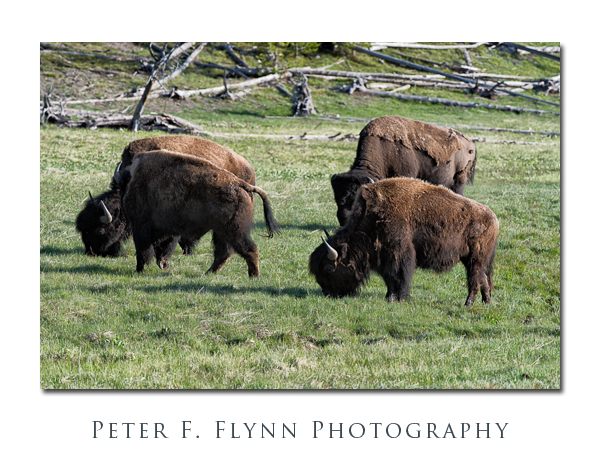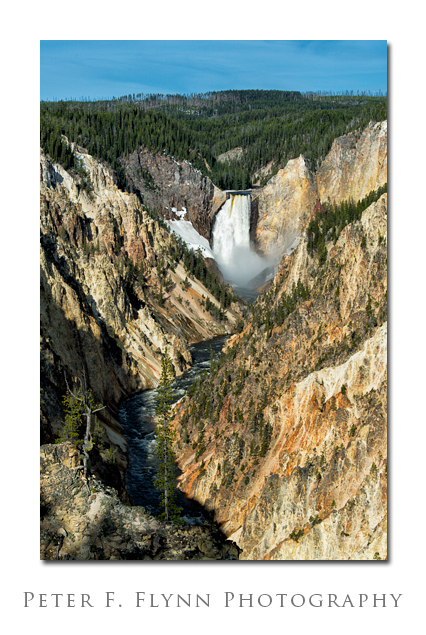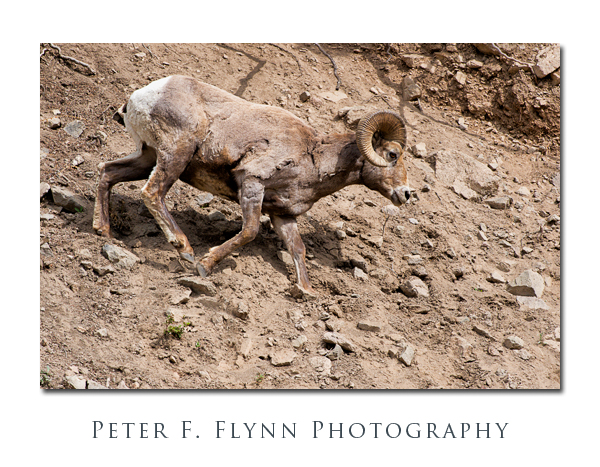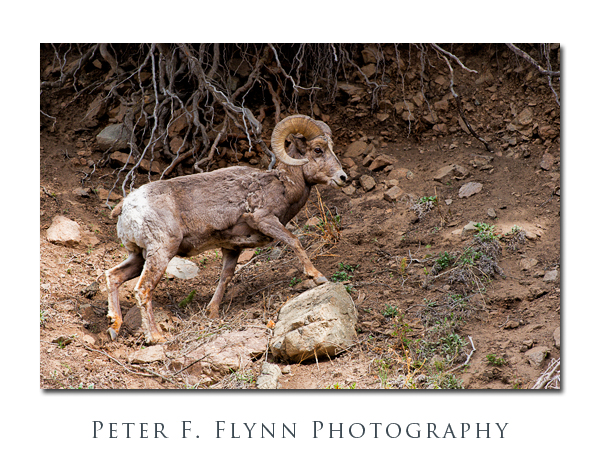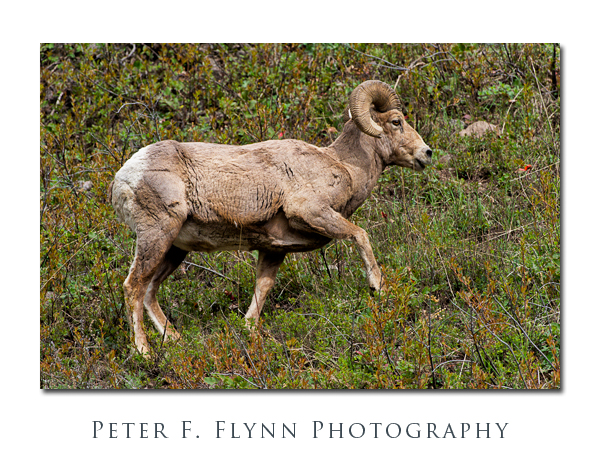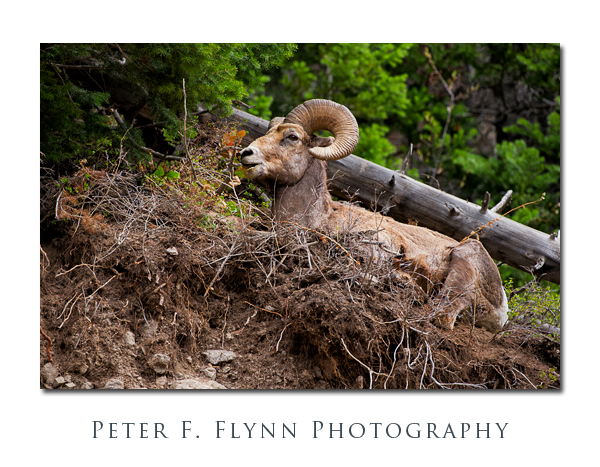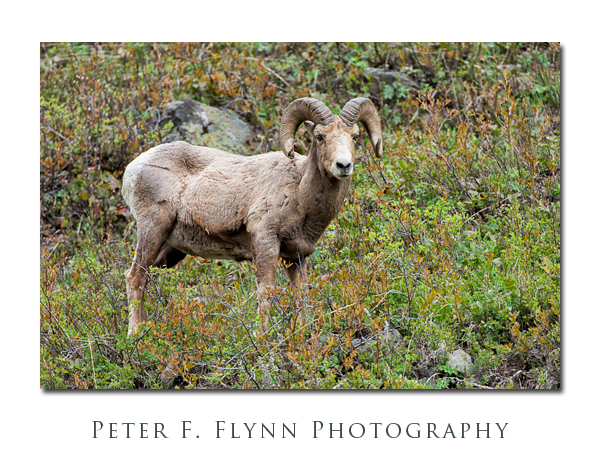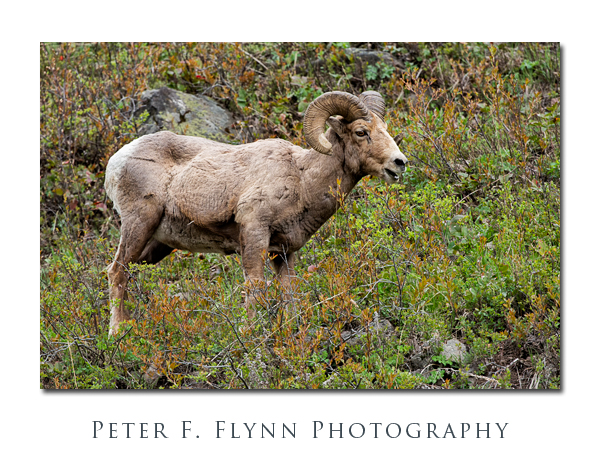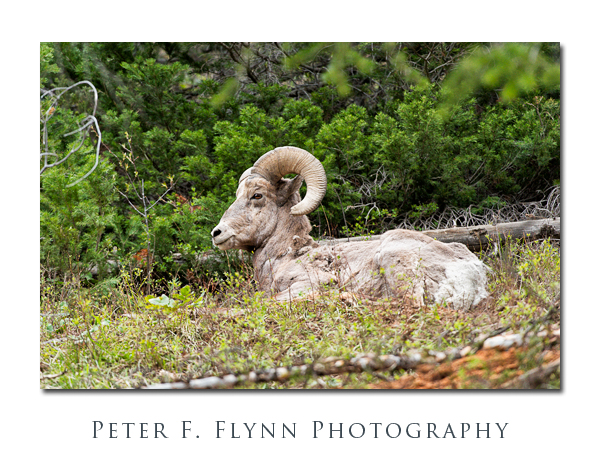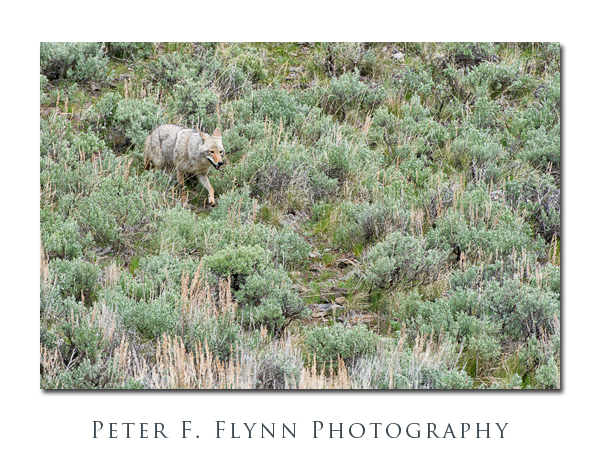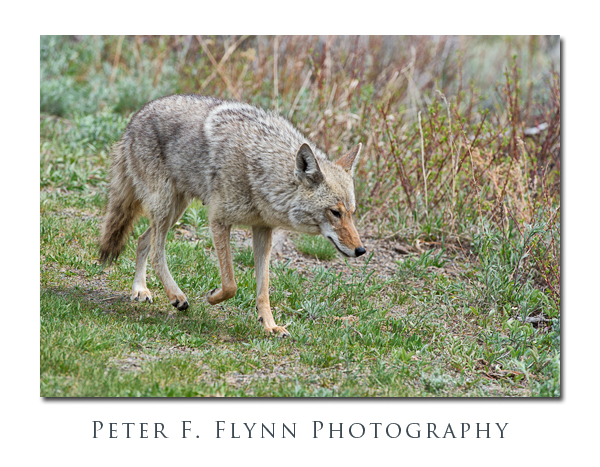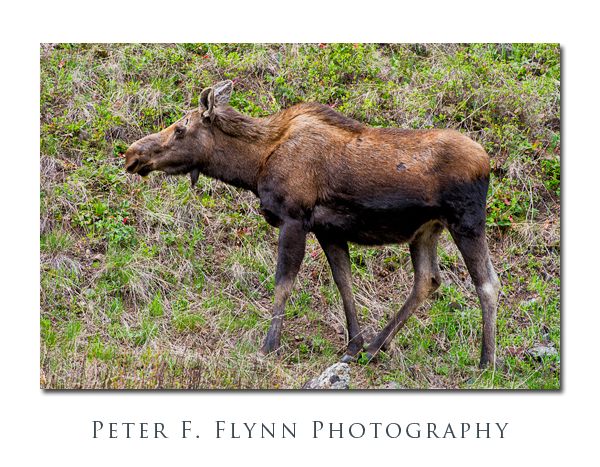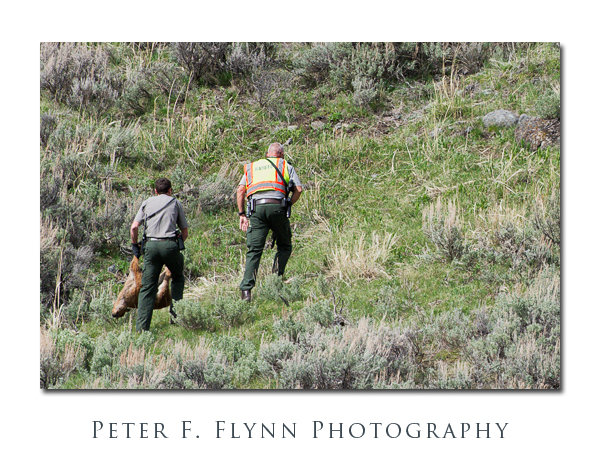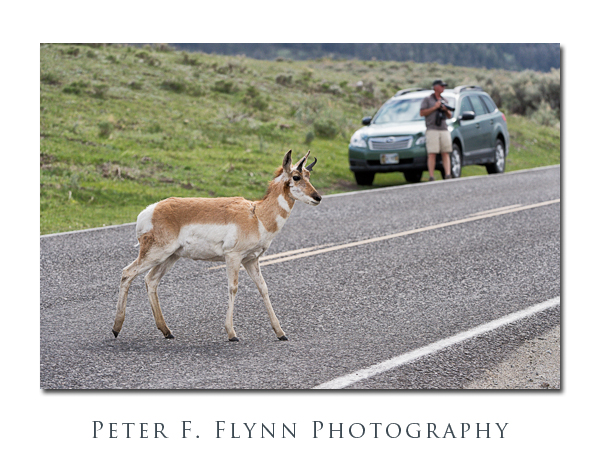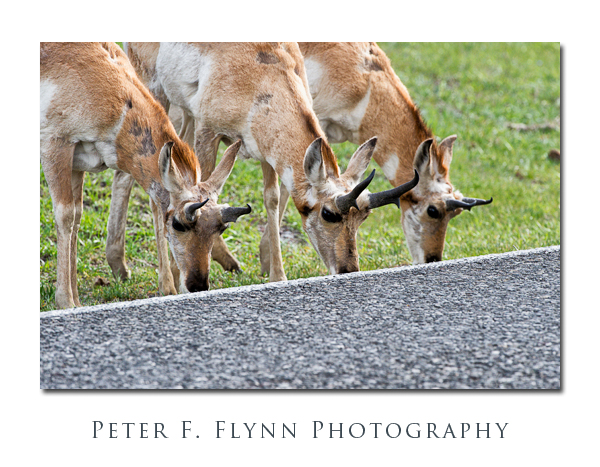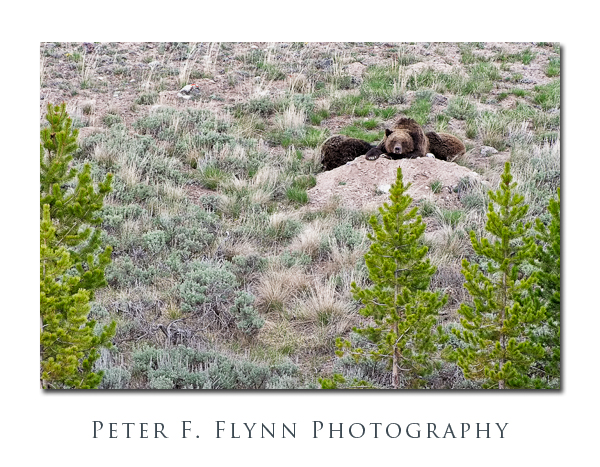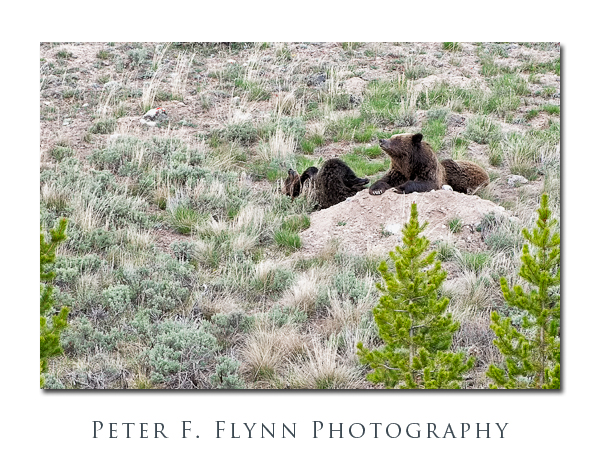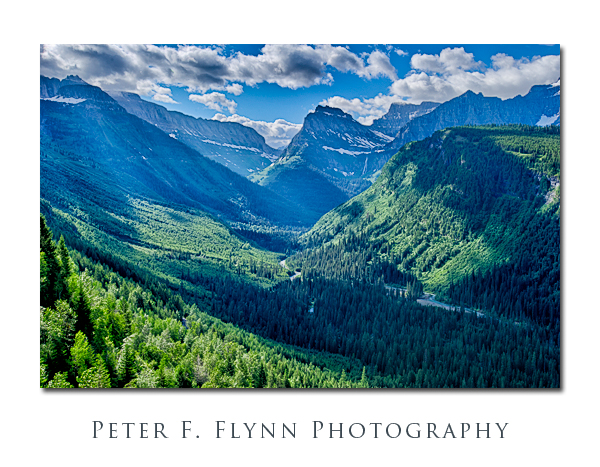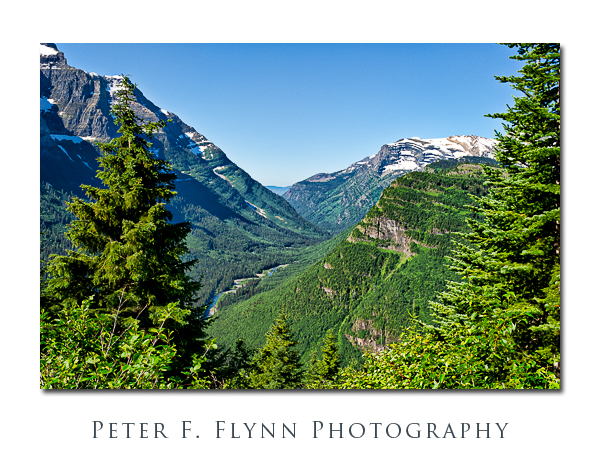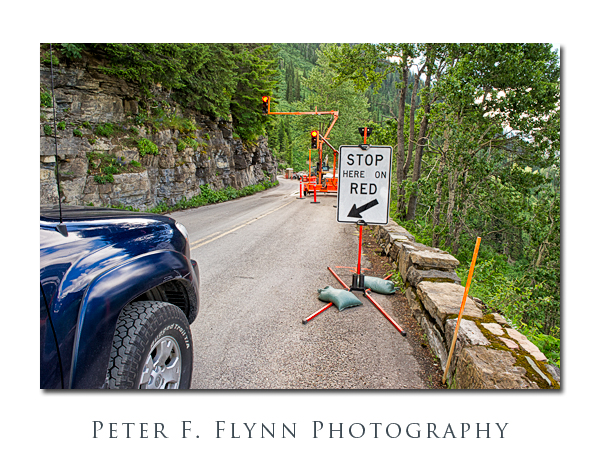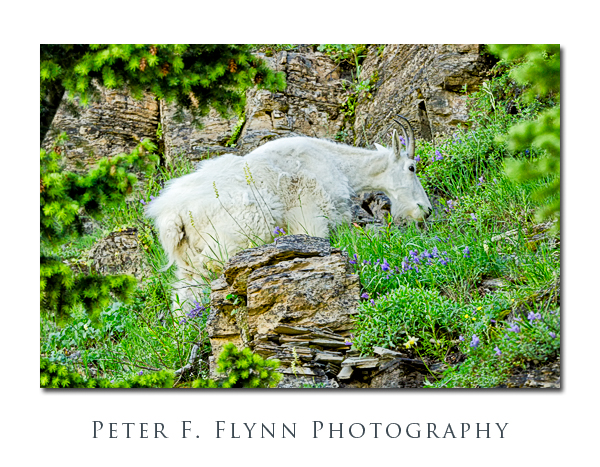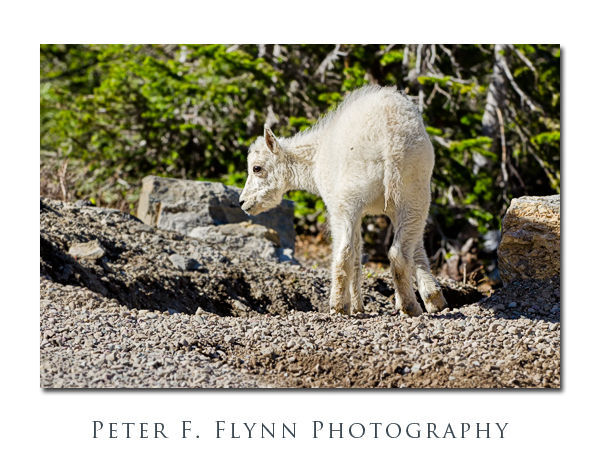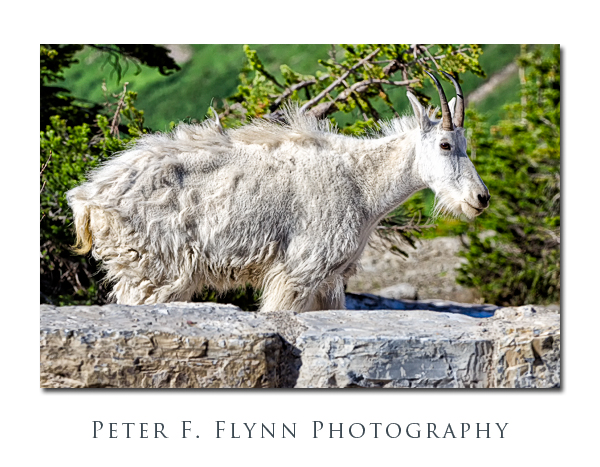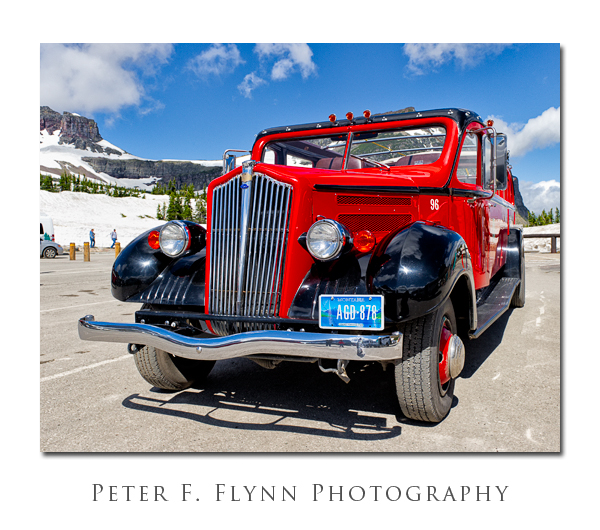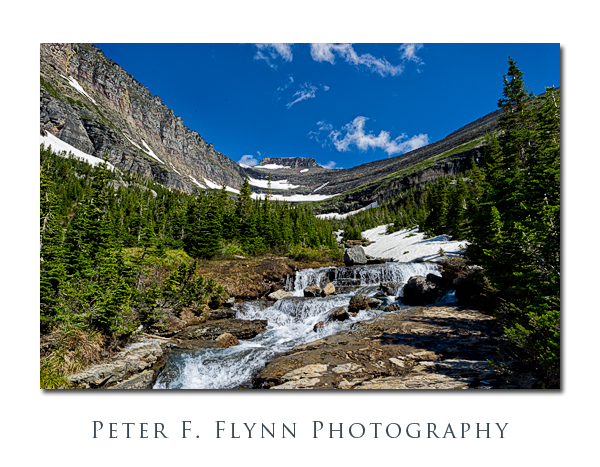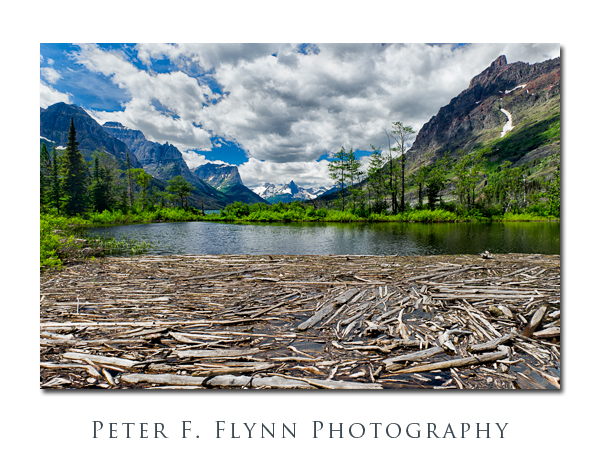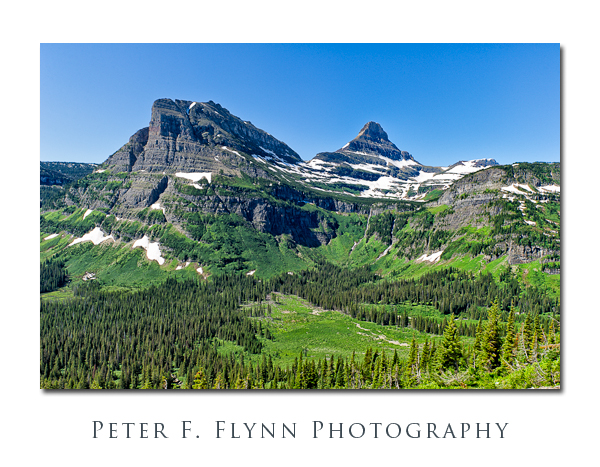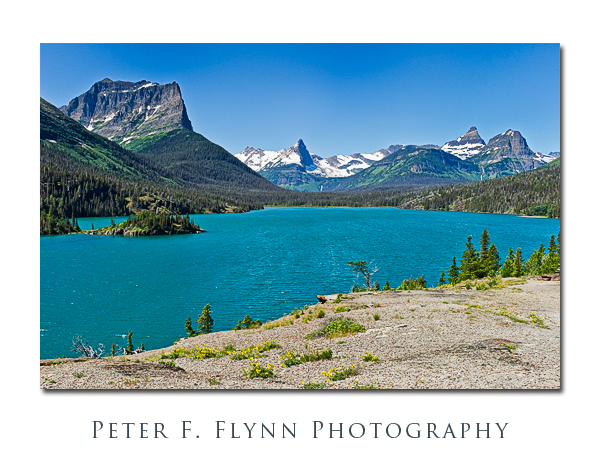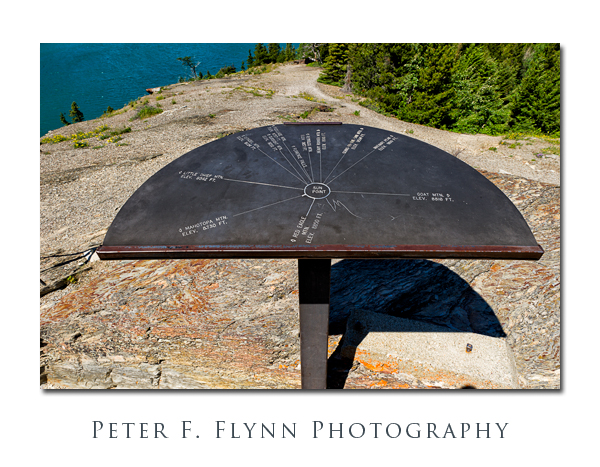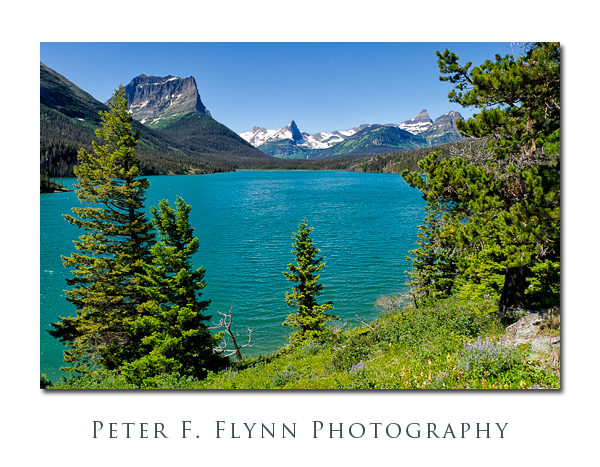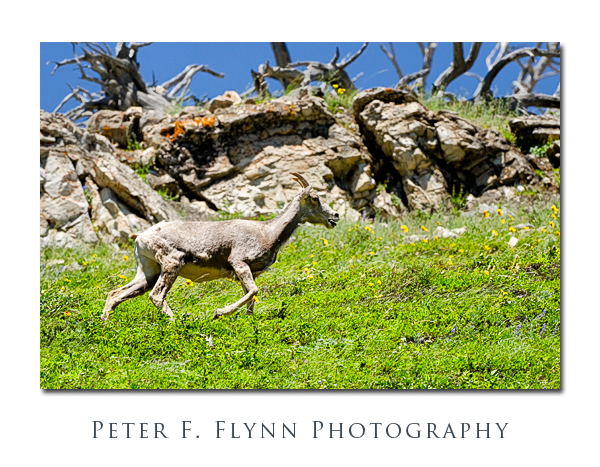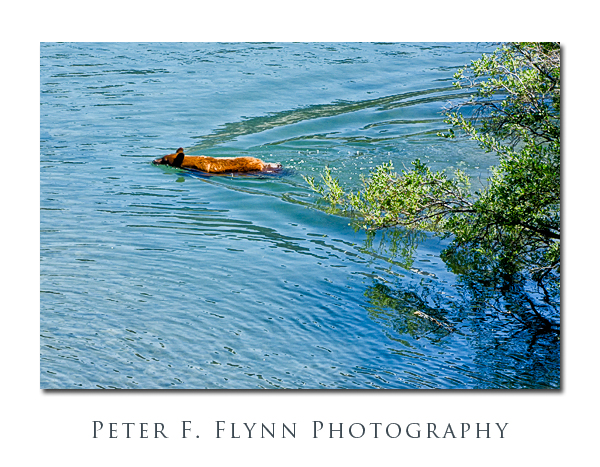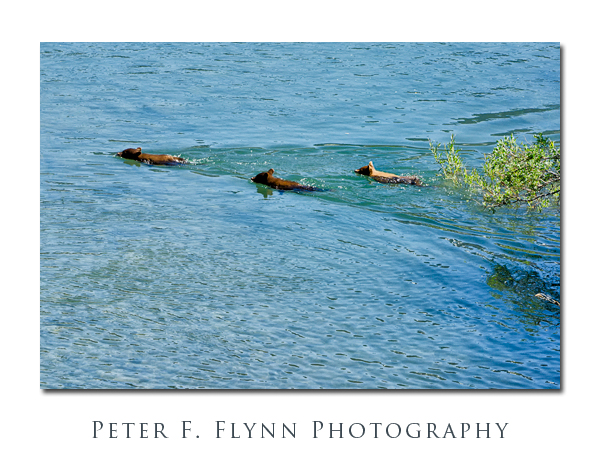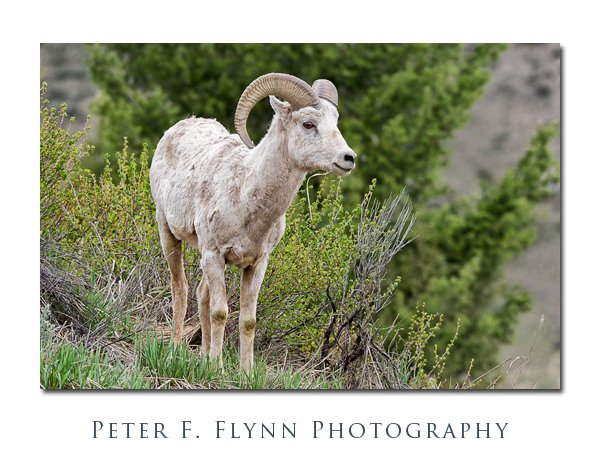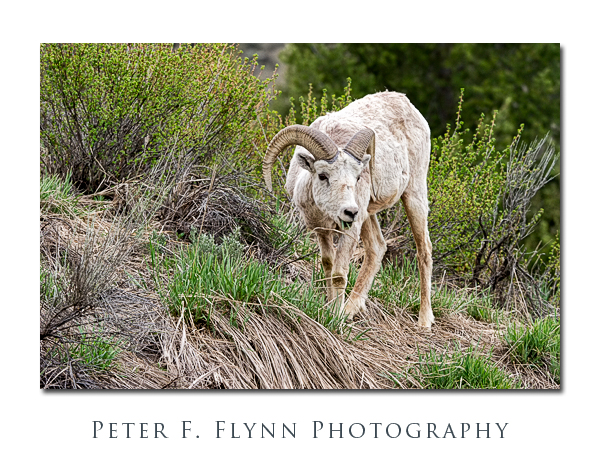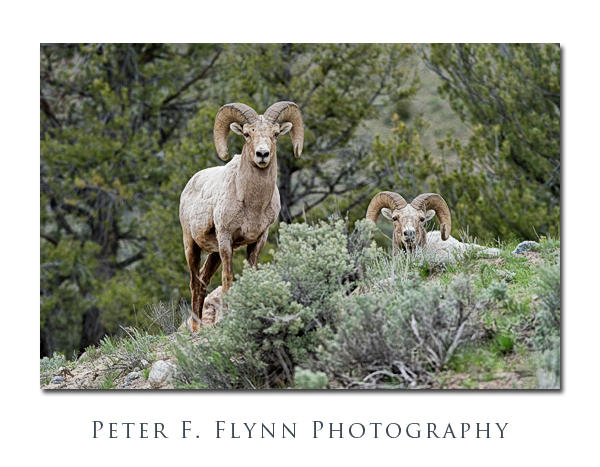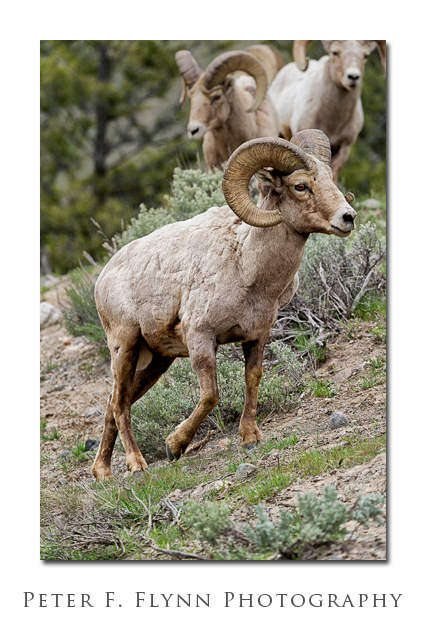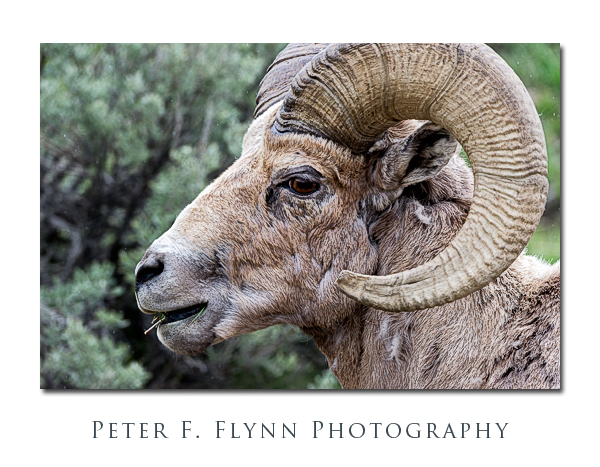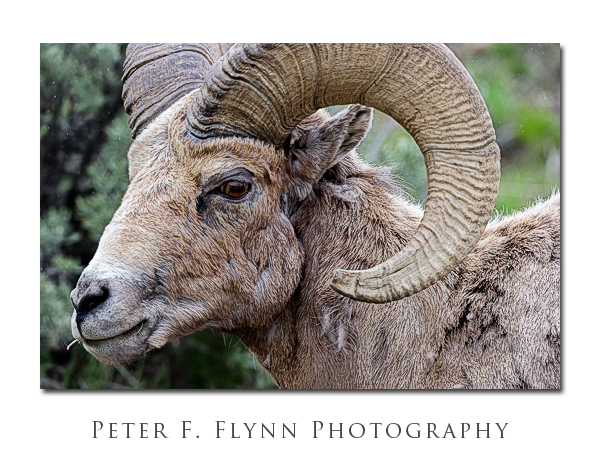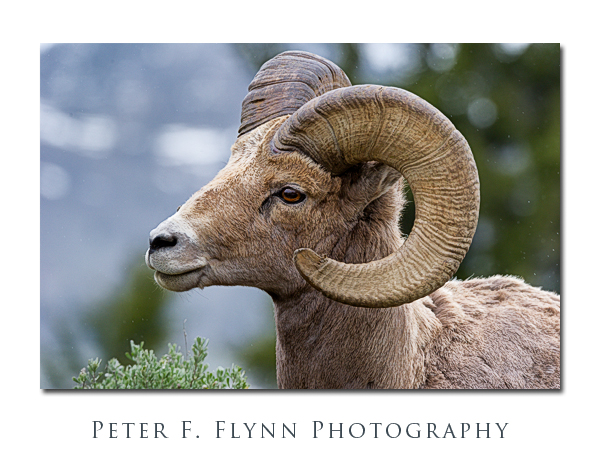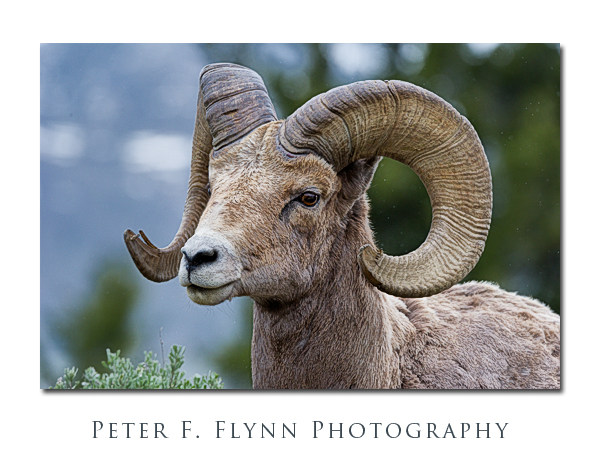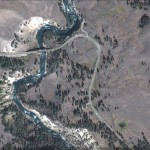We work hard at getting lucky. Although Yellowstone is home to a grand abundance of wildlife, this is not a zoo. Viewing the park’s animals takes knowledge of their behavior, both as species and individuals, perseverance, and luck, lots of luck. The result, recorded here, is an example of just how much can be seen in a single day when all elements of the effort are working in your favor.
We began the day with a plan to revisit the area between Mammoth Hot Springs and Norris. Just south of the Grizzly Lake Trailhead we found the black bear that we had seen on the previous afternoon. A bit further along the Grand Loop Road along the way we encountered a small group of bison near Obsidian Creek.
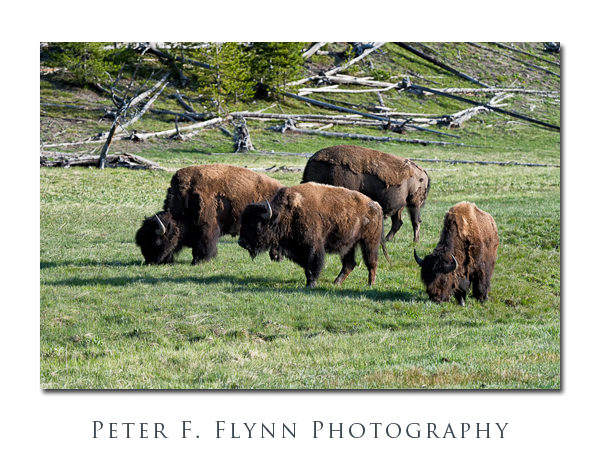 The images above and below were recorded at 07:40, using the Nikon D4 and the AF-S NIKKOR 200-400mm f/4G ED VR II at either 270mm (above) or 330mm (below). Exposures were at f/8.0 and either 1/800s (above) or 1/1250s( below), with ISO at 1600.
The images above and below were recorded at 07:40, using the Nikon D4 and the AF-S NIKKOR 200-400mm f/4G ED VR II at either 270mm (above) or 330mm (below). Exposures were at f/8.0 and either 1/800s (above) or 1/1250s( below), with ISO at 1600.
From the Norris Junction we headed east to Canyon Village to shoot the Lower Falls of the Yellowstone River from Artist’s Point in the morning light. The two images below were recorded 08:30 MDT using the Nikon D800E, and either the AF-S NIKKOR 24-70mm f/2.8G ED at 82mm with and exposure of f/11.0 and 1/100s (+0.33EV), ISO 100 (top) or the AF-S NIKKOR 70-200mm f/2.8G ED VR II at 200mm. Exposure were f/11.0 and 1/100s (+0.33EV), or f/8.0 and 1/320s (+0.67EV). ISO in both cases was 100.
I’ve shot the falls many times in all kinds of light and atmospherical conditions. Two elements are required for a memorable image – the direction and quality of the light are key of course, but of nearly equal importance is the sky region along the plateau at the top of the image. It’s not bad here, there is at least a bit of color and texture, but not too spectacular either, and thus the relatively tight crop.
From Canyon we headed south through the Hayden Valley to Fishing Bridge – no animals along the route. We then set out eastward towards the East Entrance, and found a small group of Bighorn Rams along the north side of the road where the East Entrance Road tracks along Middle Creek. There were approximately six animals in this groups, foraging just 30-50 meters above the roadway. They wouldn’t have given us the time of day…
The five images below were recorded using the D4 and AF-S 200-400 at various focal lengths. Exposures were all at f/8.0 with shutter speeds clustered around 1/1600s, with ISO at 1600.
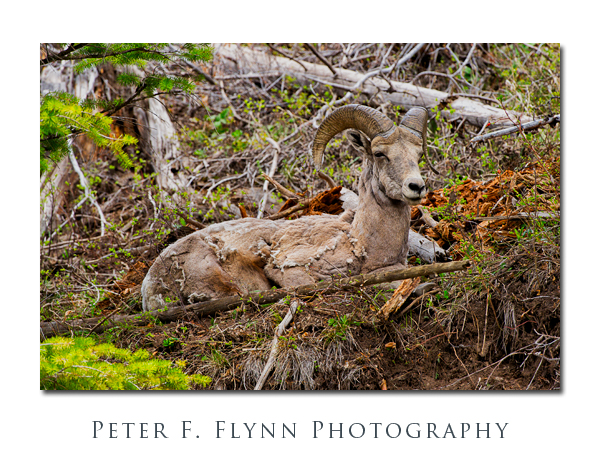
I also shot this same group of rams with the D800 and the 200-400mm (the original VR) at 400mm, with example images shown in the three shots below. Exposures were at f/5.6 and 1/1600s, ISO 1600. Although I hesitate to reveal it since it seems unlikely, but head-to-head at ISO 1600, the D800 has a clear IQ edge over the D4- the dynamic range of the D800 sensor is stellar.
We returned along our outbound route north though Canyon Village, and westward to Norris Junction, and back north to Mammoth. We then turned west again to investigate the Blacktail Deer Plateau and the Lamar Vallay on the way to the northeast entrance of the park. Along the way we found a very-well habituated Coyote at around 14:20 MDT. The three images below were recorded using the D4 and the 200-400mm VR II at 400mm. Exposures were at f/8.0 and 1/1600s, ISO 1600.
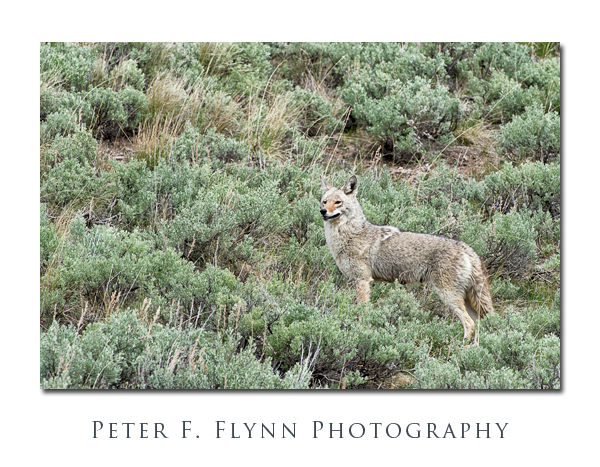
We continued on eastward and found the young moose from the previous day near the Icebox Canyon signpost – right out along the northern side of the road out in the open. The image below was recorded at 15:42 MDT using the D4 and the 200-400mm VR II at 400mm. Exposure was f/8.0 and 1/250s, ISO 1600.
On our return back to Mammoth through the Lamar Valley, we encountered two rangers in the process of relocating the carcass of a bison calf from a spot about 50 meters from the road up over a bluff so it would be out of direct site of the highway. We watched as the two rangers went up the hill – one ranger lead the way up the hill armed with a shotgun, and the other carried the carcass. More on this rarely observed ranger activity in a future entry… The image below was recorded at 16:30 MDT using the D4 and the 200-400 VR II. Exposure was f/8.0 and 1/2500s, ISO 1600 – yeah the light was changing really fast at this time, thus the kooky exposure parameters.
Traveling further west along the Northeast Entrance Road we found a small group of pronghorns crossing the road near the base of Specimen Ridge. I am uncertain about whether the roads in Yellowstone are de-iced with salt, but this would explain the curious behavior of the three animals in the second image below. Images of the pronghorns were made at 16:50 MDT using the D4 and the 200-400 VR II at 220mm (top) and 400mm (bottom). Exposures were at f/8.0 and 1/1250s, ISO 1600.
We continued westward to Mammoth Hot Spring, and then south with the idea to make one last visit to Norris that day. Lounging bears in Swan Lake Flat caused us to change our plans… Images of bear recorded at 17:50 MDT using the D4 and the 200-400mm VR II at 400mm. Image of photographers made at 200mm. Exposure were made at f/5.6 and 1/320s, ISO 1600.
Copyright 2012 Peter F. Flynn. No usage permitted without prior written consent. All rights reserved.
